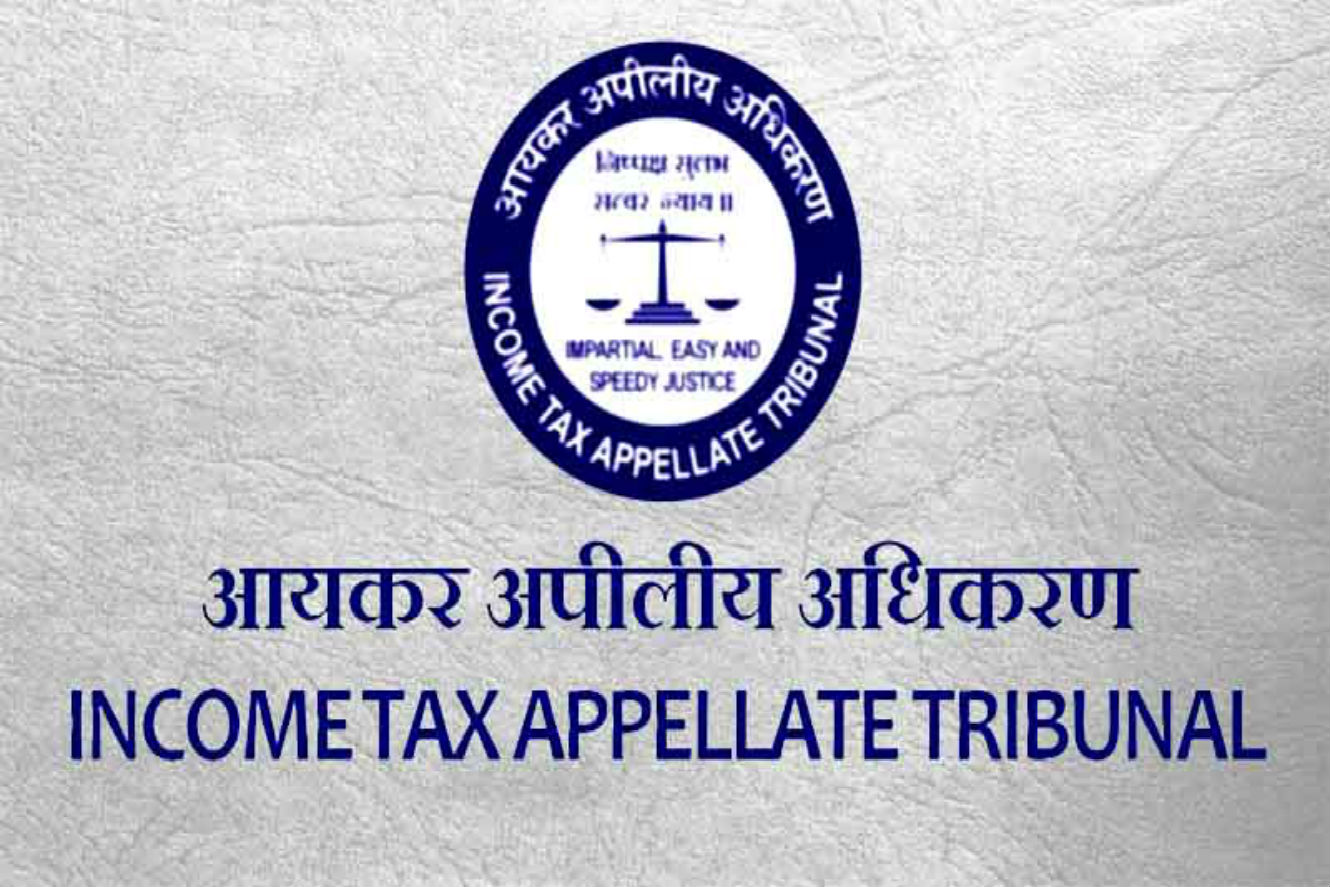Ritu Bahri, J.@mdashThe question arises before this Court is whether the notice issued by the Collector Annexure P1, dated 7.8.2008 is beyond the period prescribed u/s 47A, sub-Section (3) of Indian Stamp Act, 1899 (for short ''the Act''), is liable to be set aside. The petitioner purchased the land and sale was executed vide Wasika No. 5601 on 29.11.2004. On 7.8.2008, after a gap of 3 years and 9 months, a notice was issued to the petitioner asking him to appear before the Collector. The petitioner gave its reply (Annexure P-2) taking the revenue notices beyond the period of limitation as prescribed u/s 47-A, sub Section 3 of the Act and the Collector could not initiate or issue notice to revise the stamp duty fixed by the petitioner. Vide order dated 29.8.2008 (Annexure P-4), the Collector while proceeding with the reference, after making the reference to a letter dated 13.6.2007 that the delay of issuing notice had been condoned, given direction to the petitioner to deposit the deficiency of stamp duty by taking the Collector rate at Rs. 20,000/- per marla. There was a sheller on the land and it could not be treated an agricultural/chahi. On appeal, the matter was remanded back to the Collector vide Annexure P-5 and thereafter, the Collector vide Annexure P-6, again held that the land was neither chahi or agricultural and it was a commercial land and the petitioner has already deposited deficient amount of stamp paper/registration fee in the Government treasury. This order was subsequently approved by the Commissioner. The earlier order passed by the Collector was upheld and it was further observed that the petitioner has deposited the entire deficient amount as ordered by the Collector and as such, no further proceedings are required. It was again remanded back to the Collector. The Collector, thereafter, vide order dated 10.1.2011, affirmed that the ordered officer was correct in raising the objection and the petitioner had made good the deficiency of stamp duty by depositing it in the treasury, which cannot be returned to the purchaser. Then, finally the Commissioner has dismissed the appeal by observing that the reference was made by the Sub-Registrar to the Collector on 20.11.2007 i.e. within a period of three years and the deficient amount of stamp duty can be recovered from the appellant. This aspect has come up before the Division Bench of this Court in Vikas v. State of Haryana and others, 2008(2) R.C.R. (Civil) 526. Even if the reference was made within a period of three years, there was no communication of that reference to the appellant which is a communication of the order alone confer on a paper the status of an order as has been postulated by Article 166 of the Constitution. While referring to the Constitution, the Division Bench of this Court observed as under:--
"The only argument raised by the respondents is that an audit objection was raised vide Audit Note dated 12.6.2002 and on the basis of the audit objection it was sought to be contended that within the period of three years objections have been taken (R-1). Therefore, the period of three years would not come in the way of the respondents as audit objection was raised on 12.6.2002. We find that the argument is totally absurd because there was no communication of the audit objection to the petitioner so as to constitute a basis for argument that the action was taken within period of three years. The real action was initiated only on the issuance of show cause notice, which admittedly was issued on 7.12.2005. It is well settled that the communication of the order alone confer on a paper the status of an order as has been postulated by Article 166 of the Constitution. The aforementioned provision was interpreted by a Constitution Bench of Hon''ble the Supreme Court in the case of
Therefore, we have no hesitation to reject the argument."
2. There is no dispute with regard to the facts that after the sale deed was registered on 29.11.2004, the notice was given to the petitioner vide Annexure P-1, dated 7.8.2008. There is a gap of three years and nine months in communicating the reference by the Collector to the petitioner. The present case is covered by Vikas''s case (supra). The writ petition is allowed and impugned orders are set aside.

